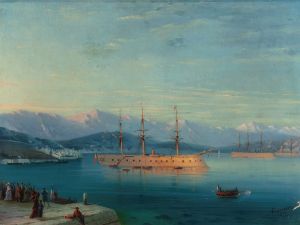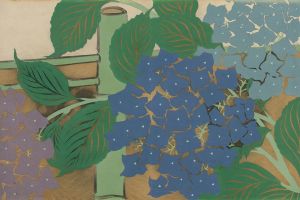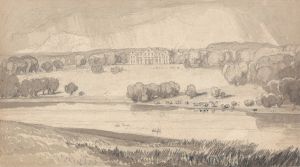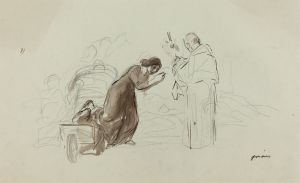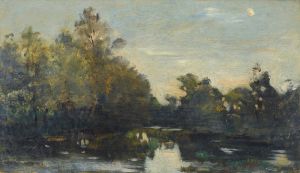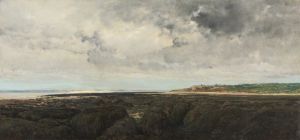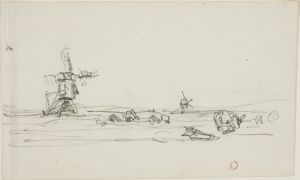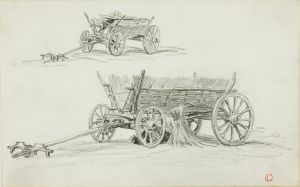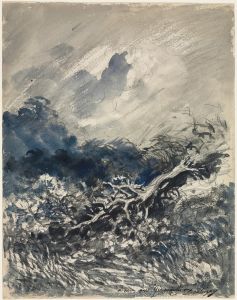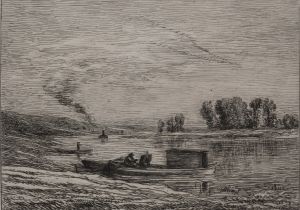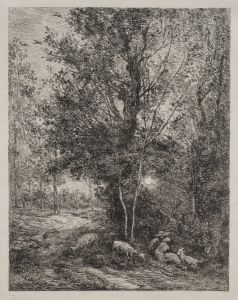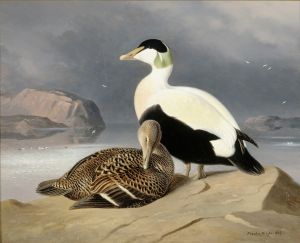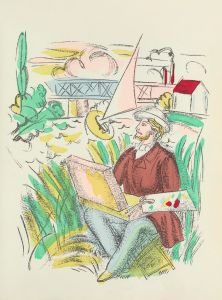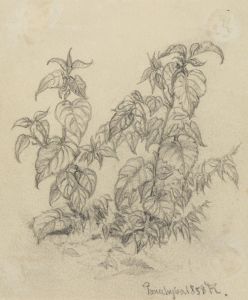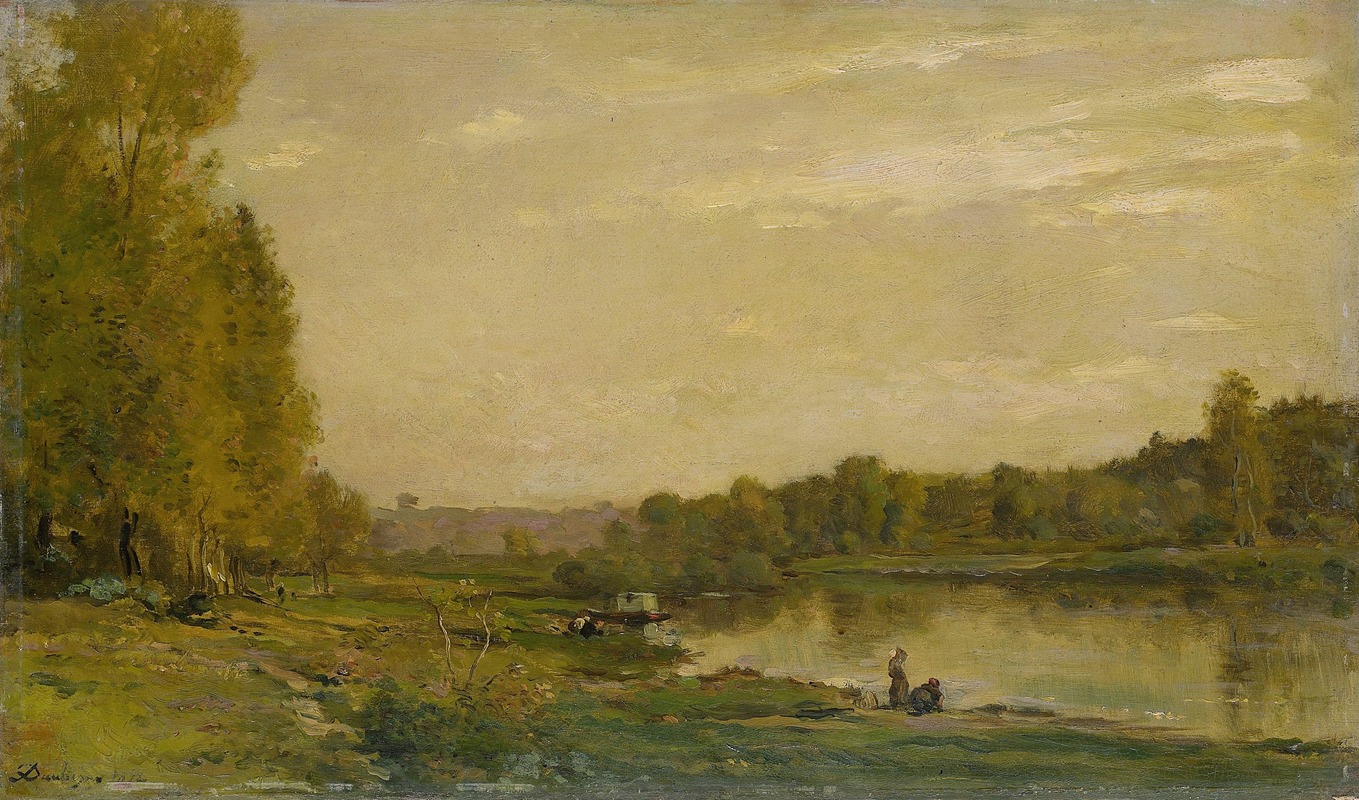
Landscape on the Oise
A hand-painted replica of Charles François Daubigny’s masterpiece Landscape on the Oise, meticulously crafted by professional artists to capture the true essence of the original. Each piece is created with museum-quality canvas and rare mineral pigments, carefully painted by experienced artists with delicate brushstrokes and rich, layered colors to perfectly recreate the texture of the original artwork. Unlike machine-printed reproductions, this hand-painted version brings the painting to life, infused with the artist’s emotions and skill in every stroke. Whether for personal collection or home decoration, it instantly elevates the artistic atmosphere of any space.
Charles François Daubigny, a prominent French landscape painter of the 19th century, created "Landscape on the Oise" as part of his extensive body of work that focused on natural scenery. Daubigny was a key figure in the Barbizon School, a group of artists who sought to move away from the formalism of academic painting and instead emphasized the beauty of nature through plein air (outdoor) painting. His works are often considered precursors to the Impressionist movement.
"Landscape on the Oise" depicts a serene view of the Oise River, a tributary of the Seine located in northern France. The painting reflects Daubigny’s characteristic style, which combines a naturalistic approach with a sensitivity to light and atmosphere. His use of soft, blended brushstrokes and a muted color palette captures the tranquil essence of the river and its surrounding landscape. The composition typically includes elements such as water, trees, and sky, arranged in a harmonious balance that invites the viewer to contemplate the quiet beauty of the scene.
Daubigny was known for his innovative use of a studio boat, which he called "Le Botin." This floating studio allowed him to travel along rivers like the Oise and the Seine, painting directly from nature and capturing the changing effects of light and weather. This method not only influenced his own work but also inspired other artists, including Claude Monet, who later adopted similar practices.
The exact date of "Landscape on the Oise" is not definitively documented, but it is consistent with Daubigny’s mature period, during which he produced many river scenes. The painting exemplifies his ability to convey the poetic qualities of the French countryside, a hallmark of his artistic legacy.
Today, Daubigny’s works, including "Landscape on the Oise," are celebrated for their contribution to the development of modern landscape painting. His emphasis on painting en plein air and his focus on the transient effects of light and atmosphere paved the way for the Impressionists, who would further explore these themes in their own work. Daubigny’s influence is evident in the works of artists such as Monet, Camille Pissarro, and Alfred Sisley.
"Landscape on the Oise" is housed in various collections, though specific details about its current location or provenance may vary depending on the version or study of the painting. Daubigny’s legacy endures as a testament to his dedication to capturing the natural world with honesty and sensitivity.





